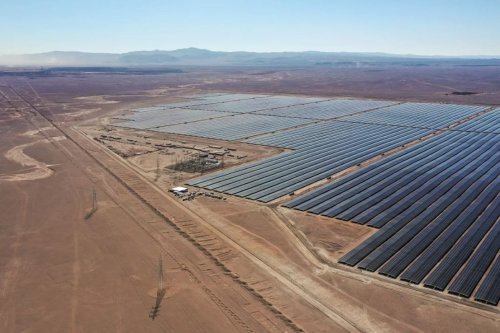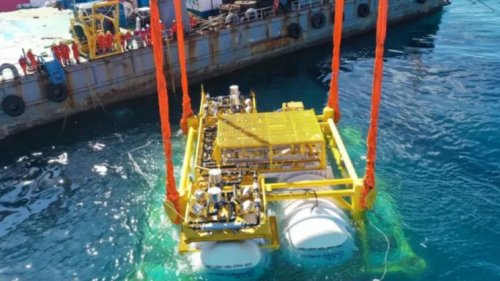Two years after the agreement to triple global renewable energy capacity by 2030, adopted at the UN Climate Change Conference COP28, national targets have made little progress — overall global ambitions have increased by only 2%.
These are the findings of an analysis published by the global energy analytics center Ember in its report.
Analysts say that this gap between global ambitions and national plans threatens to undermine not only progress in the fight against climate change, but also the energy security and economic stability of countries.
National renewable energy targets for 2030 now total 7.4 TW. This is just over double the 3.4 TW set in 2022. But this figure is still significantly less than the 11 TW needed to achieve the tripling target agreed by countries at COP28.
The gap between agreed plans and reality remains consistently large at 3.7 TW. This means that countries are still only planning to double capacity by the end of this decade.
What is the situation in individual countries?
Twenty-two countries have revised their targets since COP28, most of which are members of the European Union. Outside the EU, only seven countries have made updates. The slow pace of target revisions underscores that most national planning processes continue to follow business-as-usual scenarios and are largely unaffected by global commitments.
Among the 20 largest electricity producers, national ambitions remain largely unchanged.
The US does not have a national renewable energy target for 2030, and with the passage of the One Big Beautiful Bill and the repeal of the Inflation Reduction Act (IRA), the country is not expected to set targets in the near future.
India's 500 GW target remains unchanged but is already in line with the tripling target. Russia has no renewable energy targets for 2030 and is not expected to announce any.
China is currently finalizing its 15th five-year plan for the energy sector. It is expected to include a renewable energy target for 2030 — although it is unclear whether it will appear in this plan or in the Nationally Determined Contribution, or both.
South Africa is also updating its integrated resource plan, which could lead to an update of its 2030 target.
EcoPolitic recently reported on the conclusion of the world's largest climate lawsuit. In its historic advisory opinion, the UN Supreme Court stated that states may violate international law if they fail to take measures to protect the planet from climate change, and countries affected by its consequences may be entitled to compensation for damages.
We also recently reported that, according to experts, more than 90% of new renewable energy capacities are now cheaper than fossil fuels.





